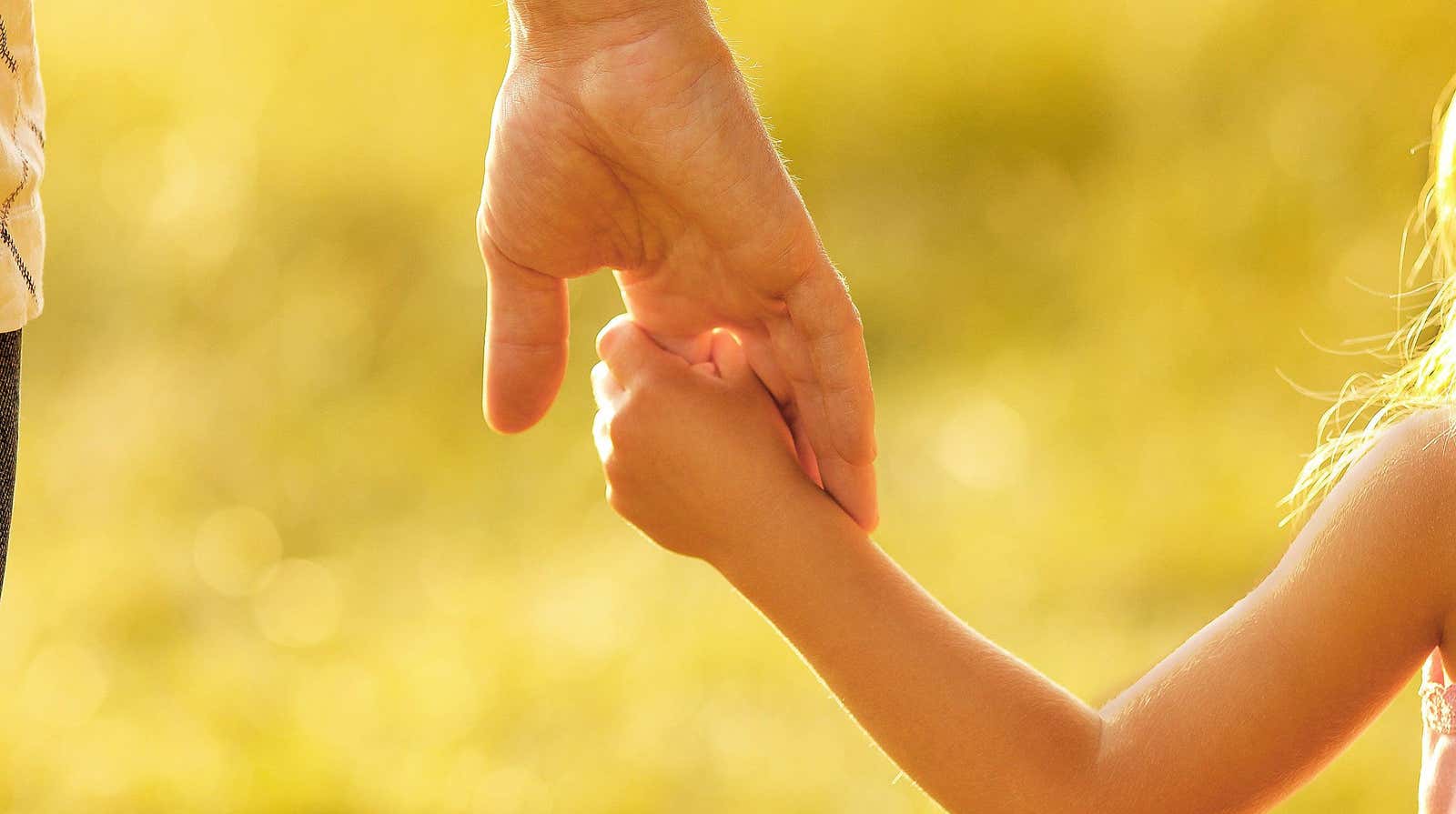The Best Way to Teach Children to Recognize a “safe Adult”

If you are a parent, babysitter, teacher, guardian – anyone who is regularly responsible for children – it is important to talk to the children in your care about “safe adults”. Adults they can trust if they ever feel in danger, and adults they can and shouldn’t trust. While it’s easy to avoid a conversation so you don’t inspire fear where there isn’t any (or because your kids are barely out of your sight outside of school and group sports), it’s an important step to keeping them safe and protected in the long run.
According to TikTok creator and parenting expert Jessica Martini , we often name people our kids can trust: moms, dads, grandparents, uncles, cousins, teachers, or their coaches. (National Rape, Abuse & Incest Network), “up to 93% of victims under the age of 18 know the abuser.” Simply listing who our children should trust is not enough—it can lead to further confusion, shame, and reticence.
The Child Abuse Treatment Center Kids First agrees, saying that telling our kids about the “danger of a stranger” is not the best way to keep them safe from sexual predators. “In the vast majority of sexual assault cases, the perpetrator was known to (and very often trusted by) the victim’s family. Sexual predators put an incredible amount of energy into creating an image of a reliable person in order to have access to children.
In one of his popular Parental PSA videos designed to educate kids about safety, Martini suggests sharing the following parameters with our kids to identify the safe adults in their lives rather than creating a traditional “list”.
- We can start by telling our children, “A safe adult is someone who makes you feel happy and safe,” Martini explains. “When you approach them, you don’t feel nervous, fearful or uncomfortable in your stomach. They make you feel loved and comfortable.”
- Second, a safe adult (or teen) will “never, ever ask you to keep a secret,” and if he does, ask your child to immediately share the secret with you. She also advises against telling children about “good and bad secrets” (those that make them feel happy, not bad), because sometimes bullies use “good secrets to get in the door.” (For example, “Here’s a cookie, don’t tell Mom” or “I know you broke it, but I won’t tell anyone, it’s our little secret.” Martini notes that we can teach them the difference between secrets and “happy surprises” instead. – things that everyone will soon know about and that everyone will be happy with, such as a surprise party.
- A safe adult will always believe you if you tell him something important. (Martini notes that sometimes our children “tell us without telling us” when they don’t have the words or emotional maturity to verbally convey it. They may act out a traumatic situation in their game, experience headaches, pain as signs of physical illness ( especially when they are about to see a certain person), become withdrawn or experience loss of appetite. They may also act distressed when going to places they used to enjoy going, exhibiting behaviors such as screaming, crying, clinging, refusing to move, or saying: “They are the worst, I never want to go there.”
By moving beyond the “good versus bad” rhetoric and superficial lists of so-called “trusted adults,” our children can better understand how to correctly identify who they are actually safe with.